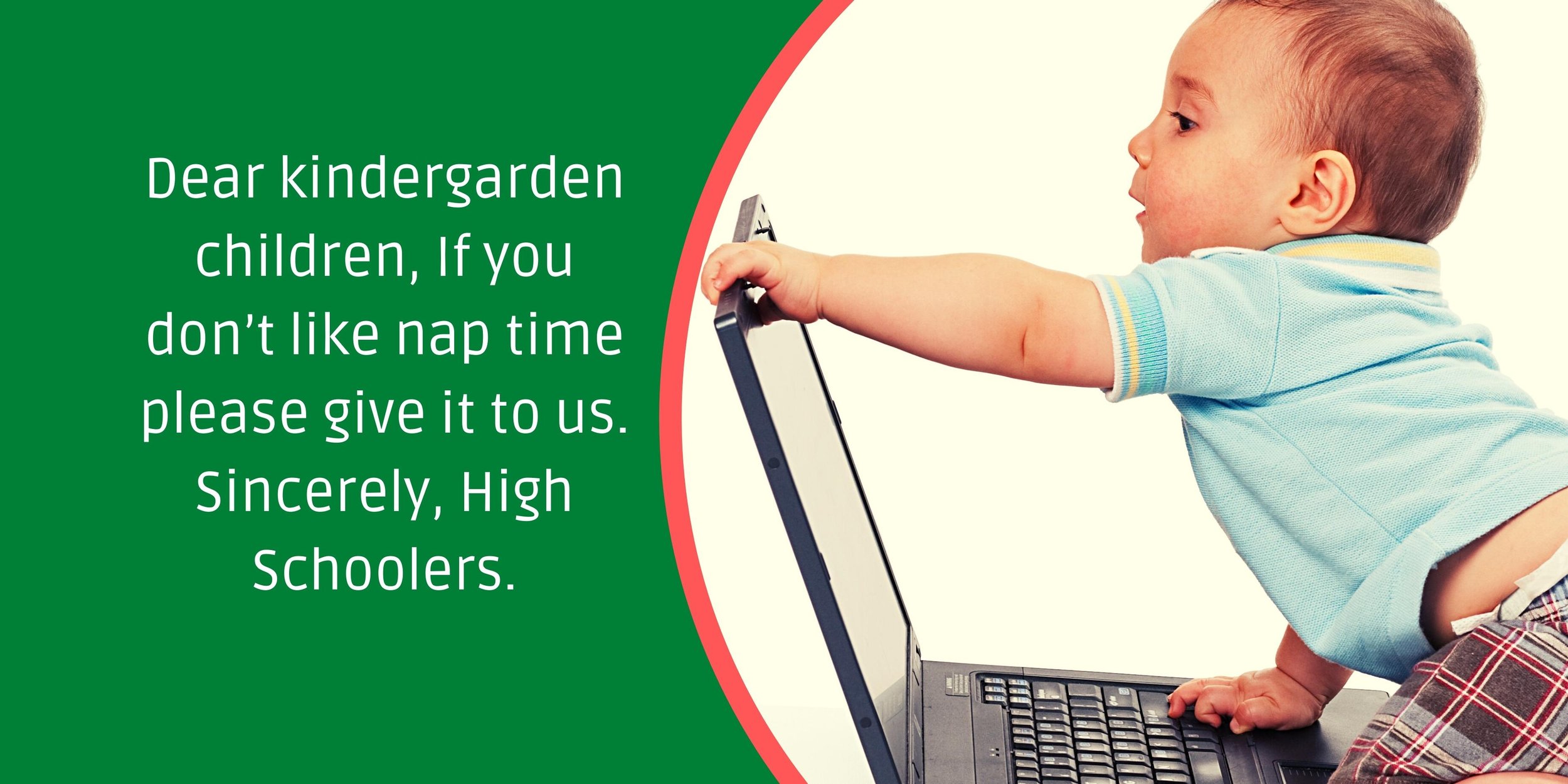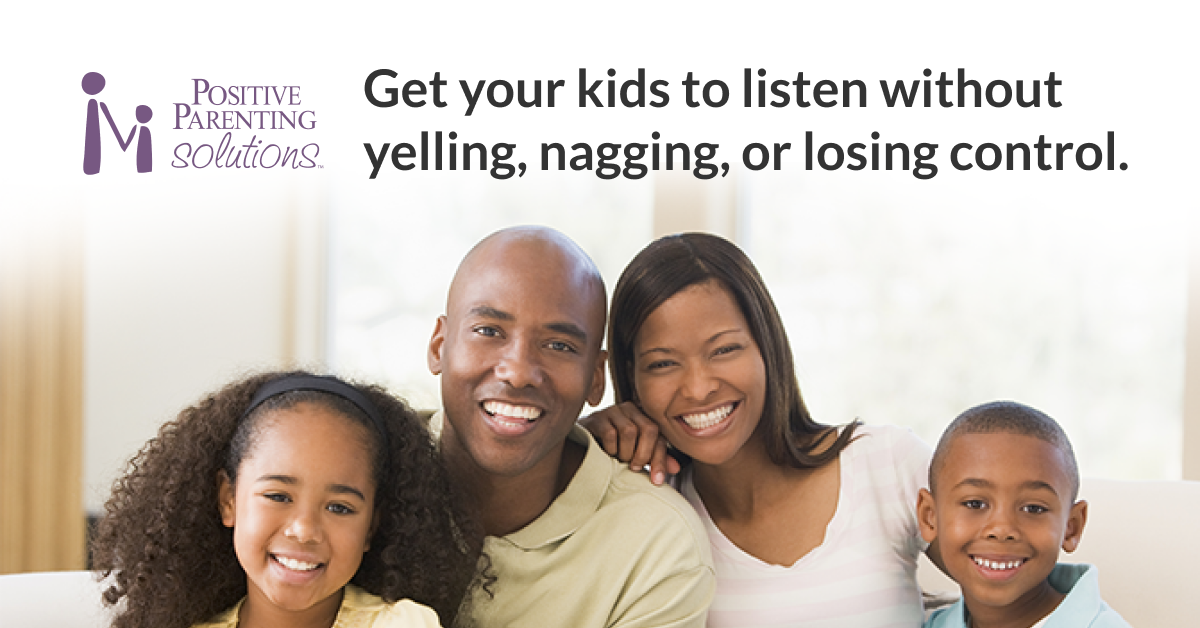Should Pre-Schoolers Nap at Daytime?-The Benefits, When to Stop, Alternatives to Nap
Moms, nap time is an important part of your child's day.
It is a time for them to relax and rejuvenate after a busy morning of learning and playing.
But, as your child gets older, you may be wondering if they still need to nap.
Here we'll discuss the benefits of nap time for pre-schoolers, how to create a good nap environment, how long they should nap, and when to stop nap time.
We'll also cover some alternatives to nap times.
Keep reading for more information!
Why Nap Times Are Important for Children
How Much Sleep do Pre-Schoolers Need?
Pin this Post to Pinterest
Most pre-schoolers need between 11 and 13 hours of sleep in 24 hours.
This includes naps and night-time sleep.
Does your pre-schooler get 11- 13 hours of total sleep time at night?
If not, a nap can help make up the difference.
Why Is Important for Kids to Get the Recommended sleep hours?
There are many benefits to making sure your child gets enough sleep, including:
Improved Behaviour
- rested children are often better behaved than those who are tired.
Well-rested children have better self-regulation and are better able to manage their emotional responses.
Improved Mood
- sleep can help regulate a child's emotions and keep them from getting cranky or irritable.
Better Focus and Attention
- when children are tired, it is harder for them to focus and pay attention.
Naps can help improve your child's ability to focus on tasks and listen to instructions.
Improved Learning and Memory
- when children are well-rested, they can focus better and retain information more easily.
Naps can help your child's brain consolidate information learned during the day and remember it better.
Enhanced Creativity and Imagination
- overtired children may have a harder time coming up with new ideas
Improved Physical Health
- sleep is important for physical health, too.
When children are exhausted, they are more likely to have accidents and injuries.
Getting enough sleep can help improve coordination and reduce the risk of injuries.
Reduced Stress
- sleep gives the body a chance to repair itself from the day's activities.
This can help reduce stress and promote overall physical and mental well-being.
So now that we know the benefits of nap time, let's talk about how to make sure your child has a good nap experience.
How Can I tell if my Pre- Schooler is Tired?
Pin this post to Pinterest
If your child is
cranky,
has trouble paying attention, or
seems overly emotional
Yawning
Rubbing their eyes
Ear pulling
Slumping over
Whining or fussing
Fall asleep easily
If you notice any of these signs, it may be time to start thinking about nap time.
When is the Best Time for Pre-Schoolers to Nap?
Most pre-schoolers nap in the early afternoon, between 12 and two o'clock in the afternoon.
This is because they are usually tired from being up and active in the morning.
Napping in the late afternoon may make it harder for your child to sleep at night.
How to Prepare Children for a Relaxing Daytime Nap Experience
It is important that children feel relaxed and calm before their naps.
Ensure that children have had something to eat before their nap.
A small snack or drink can help them feel relaxed.
Try to avoid sugary snacks as these can cause children to feel more energetic.
Children should also use the restroom before napping time so that they are not interrupted once they are asleep.
Ensure that they are dressed in comfortable clothing that is not too tight or constricting.
Remove shoes and loosen hair braids or ponytails to help them feel more relaxed.
Creating a Good Nap Environment for Your Child
There are a few things you can do to create a good nap environment for your child:
Make sure the room is dark and quiet- this will help your child relax and fall asleep more easily.
Use a white noise machine or app- this can help block out outside noise and distractions.
Keep the room cool- a cool, comfortable environment will help your child fall asleep and stay asleep.
Avoid using screens before nap time- the blue light from screens can make it harder for children to fall asleep.
Play soft music- this can help your child relax and sleep better.
Establish a nap time routine- a simple nap time routine can help children know what to expect and feel more relaxed.
How Long Should Children Nap?
Most pre-schoolers need between one and two hours of sleep during the day.
Naps should be shorter for older children, as they will likely have an easier time staying awake for longer periods.
Signs That Your Pre-Schooler May Not Need a Nap Anymore
There are a few signs that your pre-schooler may not need daytime sleep anymore:
When daytime naps start affecting children's sleep patterns at night.
If your child is having difficulty falling asleep at night or is waking up frequently during the night, even when you have an established bedtime routine, they should stop napping.
If you don't have an established bedtime routine for kids or need help, here is an article to help you establish your child's bedtime time routine: 11 Guaranteed Benefits of Having a Bedtime Routine for Kids
They stay awake during afternoon naps.
They are not showing signs of tiredness or sleepiness during the day.
If your child is showing these signs, it may be time to stop nap time.
Alternative to Daytime Naps
Even though kids stop napping as they grow older, it is still important for them to have a quiet time during the day.
Replacing nap time with Quiet time can help kids wind down and relax without having to take a nap.
Quiet Time
For many parents, the concept of quiet time can be a bit of a mystery.
What is it?
Why do kids need it?
How do you even get started?
Quiet time is simply a period during the day when kids are encouraged to be calm and quiet.
This might mean reading, playing quietly with toys, or engaging in any other quiet activity.
The important thing is that kids have an opportunity to wind down and take a break from the hustle and bustle of daily life.
There are a few benefits to having quiet time for kids.
It can help kids to learn how to self-soothe and entertain themselves. In our constantly connected world, this is an increasingly important skill.
It gives kids a chance to relax and recharge, both physically and emotionally.
It can also be an opportunity for parents to take a break!
All of these benefits make quiet time an essential part of every day for many parents.
There are a few things you can do to make sure your child has a good quiet time experience:
Create a quiet time space- this can be a spot in their room or any other area of the house.
Make sure the space is comfortable and inviting- use pillows, blankets, and stuffed animals to make it cosy.
Here is an article with great tips for creating calm, quiet spaces for kids: 7 Reasons Why All Kids Need A Calming Corner And How To Create One
Have a quiet time box with quiet activities- include things like books, puzzles, colouring pages, and quiet toys that children play quietly with.
Here is an article with all the helpful and important information on How to Transition Kids from Nap Time to Quiet Time- For Kids Who Don't Nap Anymore
Set a timer- let your child know how long they need to stay in the space.
Make sure the environment is calm and peaceful- avoid distractions like screens and noise.
Avoid physical activity during the quiet time- this can make it harder for children to relax.
Conclusion
So, should kids nap at day time?
The answer is a resounding yes!
Nap times are important for children’s physical and emotional health and can help them get the most out of their days.
However, as your child gets older, naps may become less necessary.
If you’re not sure whether or not your pre-schooler needs naps, look for signs that he or she is tired.
And if you decide that your child should stop taking naps during the day, be sure to provide a quiet time activity instead.
What do you think about daytime napping for pre-schoolers?
Let me know in the comments below.
FAQ
Q: How do I know when my pre-schooler is too old for naps?
A: There are a few signs that your pre-schooler may be too old for naps, including waking up frequently during the night, not falling asleep during afternoon naps, and not showing signs of tiredness or sleepiness during the day.
If your child is showing these signs, it may be time to stop nap time.
Q: What can I do if my pre-schooler doesn’t want to nap?
A: If your pre-schooler is resistant to napping, there are a few things you can try to help him or her nap, including establishing a regular nap schedule, making sure the nap environment is calm and quiet, and providing a cozy place for your child to sleep.
You can also try offering a reward for taking a nap, like an extra story at bedtime, or a special treat, like a trip to the park when they wake up.
Q: What are some alternatives to nap time for pre-schoolers?
A: If your child is no longer napping, there are a few alternatives you can try, including quiet time and nap time activities.
Quiet time is a period during the day when kids are encouraged to be calm and quiet. This might mean reading, playing quietly with toys, or doing another calm activity.
Nap time activities are similar to quiet time activities, but they’re specifically designed to help kids relax and fall asleep.
Some nap time activities include reading, listening to calming music, or taking a bath.
Q: How long should pre-schoolers nap?
A: The length of time your pre-schooler should nap will depend on his or her age and sleep needs.
However, most experts agree that naps should be shorter for older kids, with nap times ranging from 30 minutes to two hours.










